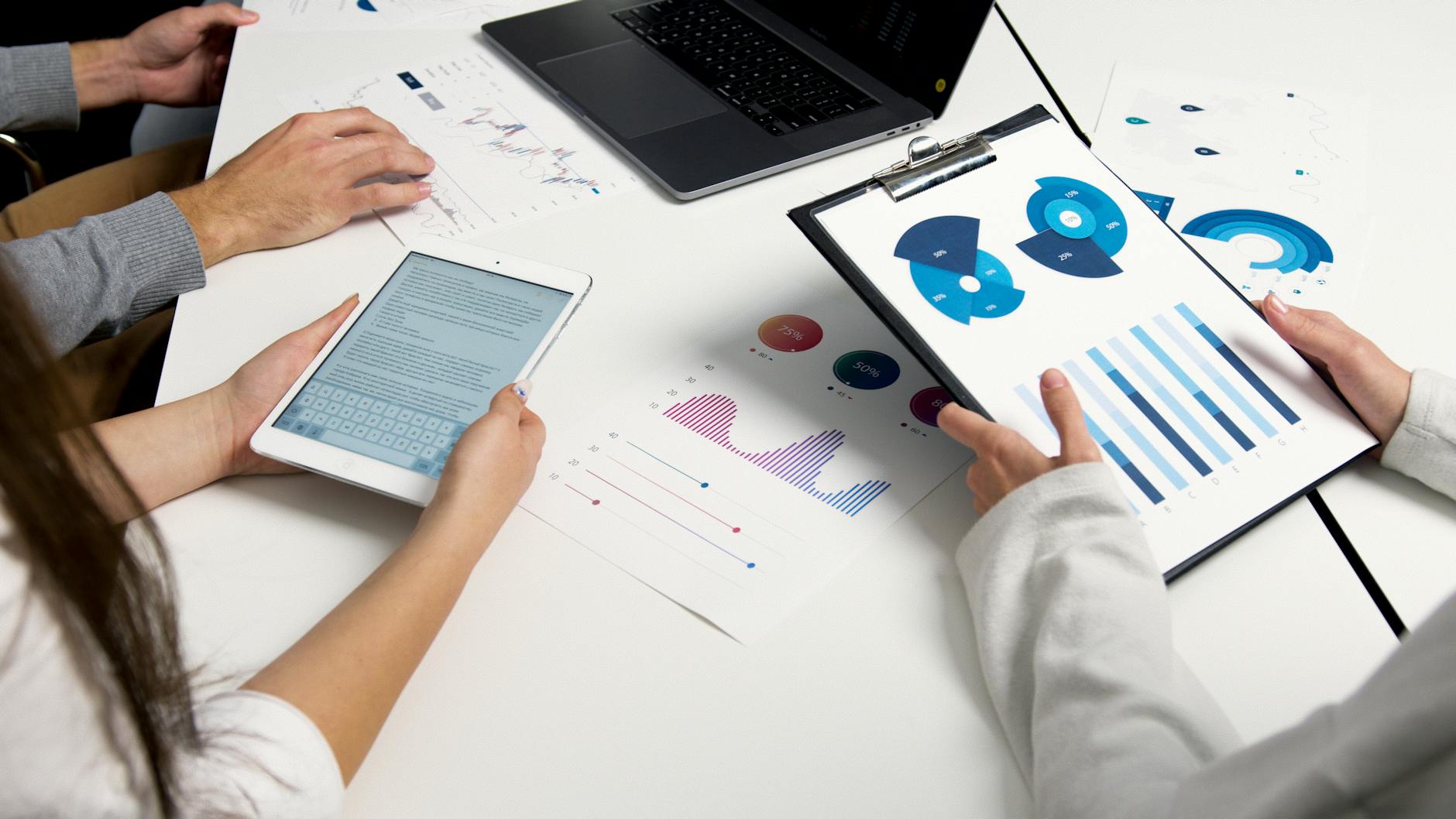Artificial intelligence is rapidly reshaping the global business landscape, promising unprecedented efficiencies and innovation. However, a startling new trend is emerging beneath the surface of this technological revolution: AI appears to be significantly amplifying the chasm in productivity between the world’s largest corporations and its nimble smaller enterprises. This growing disparity threatens to solidify a ‘K-shaped’ economic future, where the benefits of AI are concentrated at the top, leaving many smaller players struggling to keep up.
Enterprise Powerhouses: Unleashing Unrivaled AI-Driven Efficiency
Giant corporations, armed with vast resources and specialized talent, are deploying sophisticated AI solutions across every facet of their operations. From automating complex workflows and optimizing supply chains to personalizing customer experiences and accelerating research and development, artificial intelligence is granting these market leaders an immense competitive edge. The sheer scale of their investment and implementation allows them to unlock exponential gains in output per employee, streamline decision-making, and reduce operational costs, driving a dramatic surge in overall productivity that smaller counterparts simply cannot match.
The K-Shaped Reality: Why Smaller Firms Are Falling Behind in AI Adoption
While the titans of industry soar, a different narrative unfolds for independent businesses and startups. These smaller entities often face significant barriers to AI adoption, including limited budgets for costly software and infrastructure, a scarcity of in-house AI expertise, and the sheer time investment required for implementation. The inability to fully integrate and leverage advanced AI tools means they miss out on the efficiency boosts that larger companies enjoy. This disparity contributes directly to a ‘K-shaped economy,’ where one segment of the business world thrives on AI-fueled growth, while another, primarily comprising smaller ventures, struggles to access these transformative benefits, leading to a widening gap in innovation and financial performance.
Navigating the AI Divide: Bridging the Productivity Chasm
The transformative power of artificial intelligence is undeniable, yet its current trajectory paints a concerning picture of growing economic inequality. As AI continues to evolve, the challenge lies in bridging this burgeoning productivity divide to ensure that its benefits are more broadly distributed, preventing a future where only the largest companies can truly harness its full potential. The implications for market competition, innovation, and overall economic health are profound and warrant immediate attention to foster a more inclusive technological future.

Leave a Reply